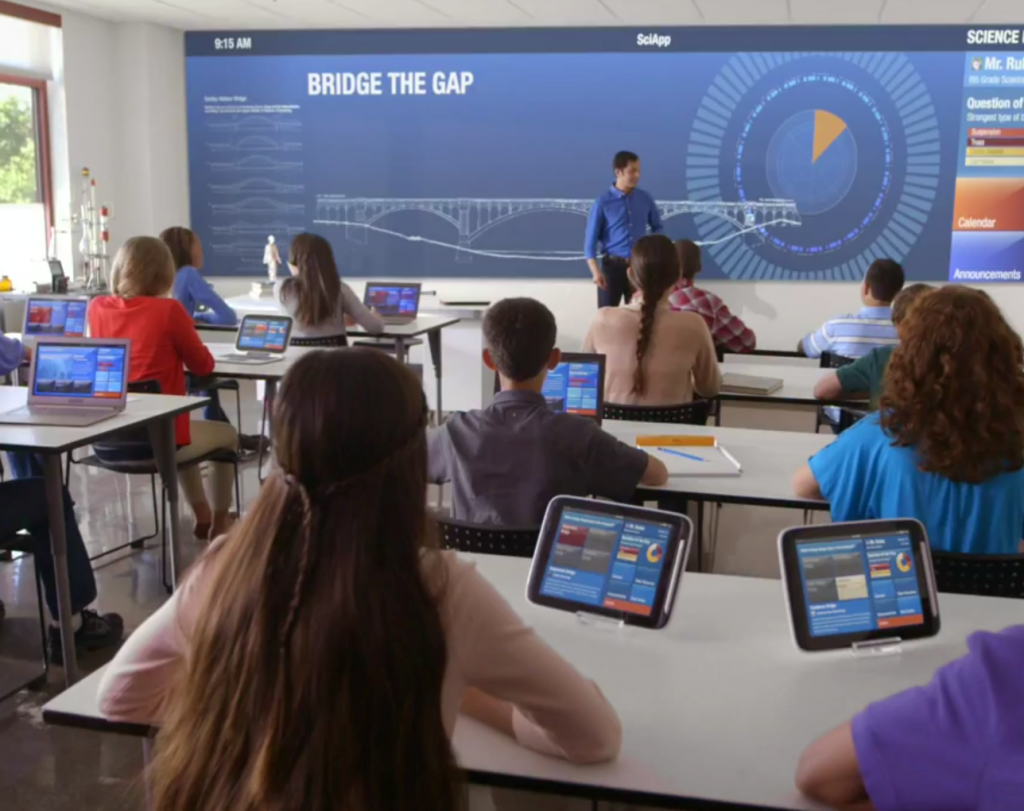Career : Journey from JEE Mains to IIT
All India common entrance examination (AICEE) for engineering students is known as JEE (Joint Entrance Examination). The two-phase exam includes JEE Main and JEE Advanced. Both the exams comprise of objective type questions.

The candidates who clear JEE Mains are eligible for admission to National Institutes of Technology (NITs), Indian Institutes of Information Technology (IIITs), and Centrally Funded Technical Institutes (CFTIs). The candidates must secure 75% and 65% marks in class 12th for general and SC/ST categories respectively.
After clearing level one i.e. JEE Main which was held on April 2, 2017 (pen and paper test) and April 8, 2017 (Computer based test), whose result will be declared on April 27, 2017, candidates can appear for the next level i.e. JEE Advanced which is for the admission to Indian Institutes of Technology (IITs).
IIT Madras conducts JEE Advanced examination every year and this year it’ll be held on May 21, 2017. The score of class 12th will not be normalized with the JEE Main score.
The top two lakh twenty-two candidates will be eligible to appear for JEE Advanced in 2017. It is important for a candidate to provide his/her Adhaar card number to be eligible to sit for the exam.
After the results of the 12th board and JEE Mains have been declared, the counseling week will begin which is conducted by Joint Seat Allocation Authority (JoSAA) which is a united form of JAB i.e. Joint Admission Board (representing IITs) and CSAB i.e. Central Seat Allocation Board (representing NITs and other CFTIs).
The counseling through JoSAA will be strictly for seats in IITs, NITs, and other centrally funded technical institutes like IIT-BHU, ISM Dhanbad etc. You’re supposed to fill in your preferences for college according to your ranks and submit it to the concerned authorities along with your JEE Advanced admit card. You’ll surely be selected somewhere according to your rank. Good Luck!
Please Read This Article :
How Technology has enhanced the teaching and learning : Pros And Cons Of Technology In The Classroom








